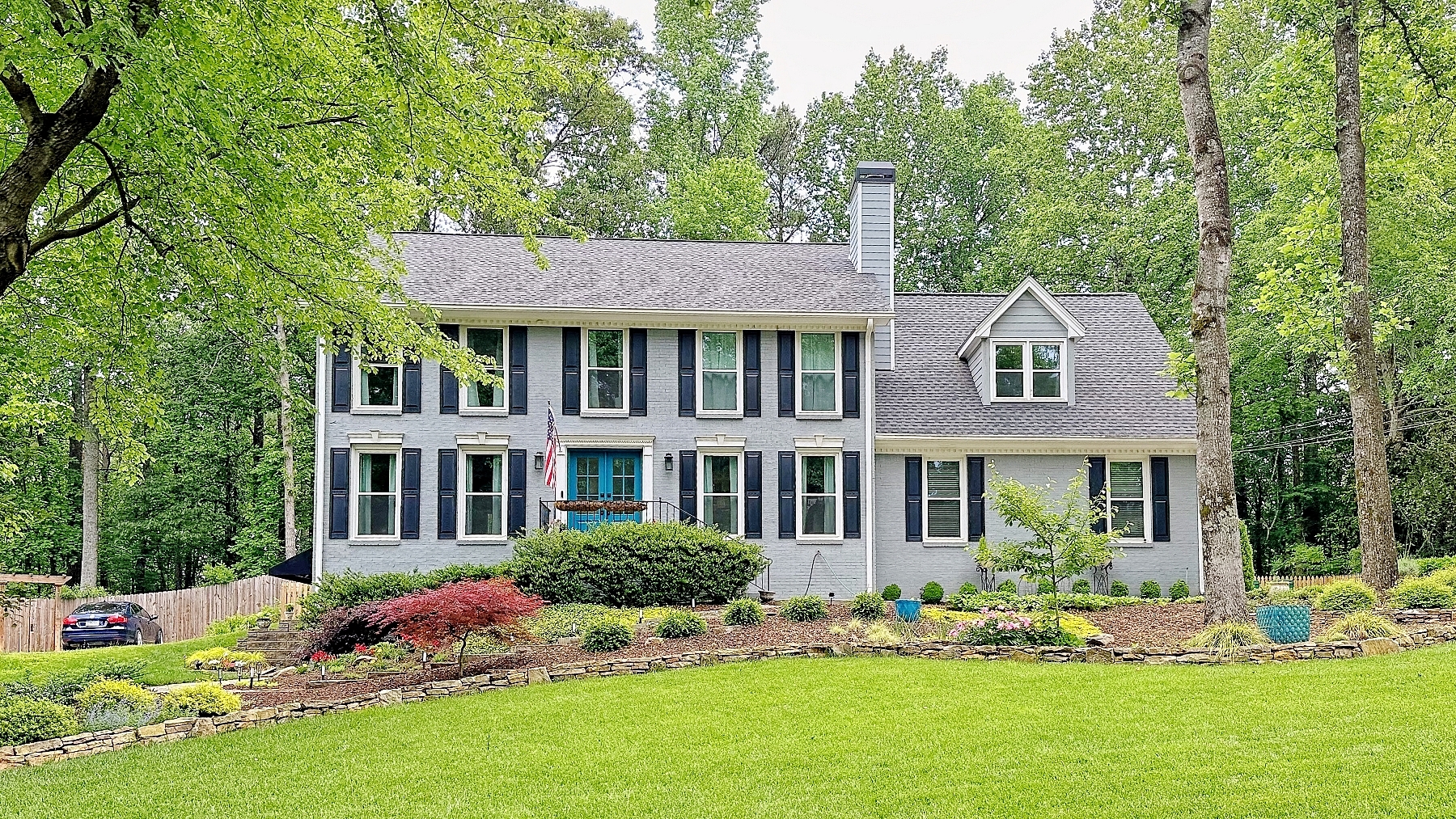Making the best of your fireworks photos
Tradition is that fireworks are presented one or a few rockets at a time followed at the end with a frenzy of fire in the sky. If you followed my suggestions in my article Fireworks Photography, you came up with a collection of great, but “thin” photos and maybe an unimpressive light glob. A collection maybe like this:
Had you exposed for longer periods, there would be more bursts in each photo. They may overlap like the finale photo and not be too impressive. Combining several photos to achieve more balanced images is the trick to impressive fireworks photos.
Let’s get started. I will suggest three approaches. Two good ones and one not good at all. I will explain as we go along.
Blending Fireworks Photos
Blending is the classic way for fireworks photos. This implies, of course, that your image editor supports layers. My tool is PaintShop Pro from Corel, I have used it for many years, so I will use it here as well.
Load the images you wish to combine into your editor. Pick one as the base and load the other photos as layers. Now adjust the opacity of each layer to around 50%. This works best with just two or three images. You can reposition the individual layers to give you a pleasing composition. The result will be a subdued combination, something like this:
 It looks dingy, but that can be easily corrected later. See:
It looks dingy, but that can be easily corrected later. See:
Using Selection Masks
When you paste a selection from one image to another the selection comes in without being dimmed. You might think that is a good way to combine fireworks photos. Well, selecting around the individual streamers is not exactly an easy task. Fortunately image editors provide a number of ways. This is where masks come in. You can create a mask from a photo.
Again load your photos as layers over a base image. Here I use a full black area as the base for demonstrating.
Select a layer. PaintShop Pro shows a little icon that looks like a Mardi-Gras mask. We want to make a mask from the image. The last menu offers three ways of doing this. I selected “Any non-zero value”.

Since the sky is black the mask, the part that will be visible, will be any value that is not black. That should select just the burst of light. Well, it doesn’t quite work that way. The sky is rarely totally black even in fireworks photos.
Now you can see why I added a colored layer over my black base. Where the mask is black the colored background shows up.

My expectation was to see the fireworks streamers on an orange background. Amazing what few zero-value, full black, areas there really are in this photo. The tree are partially illuminated, even though they don’t show up in the normal photo. There is smoke in the sky and that too interferes. You can fix that by setting part of the bottom end of the histogram to all black.
 Now just a few smoky areas will block anything below and the streamers will show up nicely.
Now just a few smoky areas will block anything below and the streamers will show up nicely.
You can see where I am going. This doesn’t really work too well. When you overlay two bursts the one on top will completely block the fireworks below. It will look artificial and unpleasant.
 This is not the way to do it. Let’s go on to my third approach.
This is not the way to do it. Let’s go on to my third approach.
Luminosity Masking
There, “luminosity masking” that magic approach the pros keep touting. Some illustration farther back you can see an option for making a mask from the “Source luminance”. This makes a mask that is just a gray-scale image. Each pixel value defines how much of the underlying image to show. Where the mask is all black, 0%, nothing of the image will show and the background is seen. Where it is white, 100%, all of the image shows. Intermediate values will show just some of the image, that is, those pixels will be partially transparent. Just what we want for fireworks. There is a downside, of course. Where the luminance was say 50%, now just 50% of that will show and the image value will be just 25%. So dark parts will be much darker, or might hardly show at all. We can take care of that just as we did in using blend modes.
I do like this approach best. Before making masks, I enhance each photo quite a bit. Fireworks can take a lot of “enhancement abuse”, brightness, shadows, saturation, etc., can all be adjusted aggressively. After making the luminosity mask I will boost the brightness of the underlying image some more.
With this approach the darkest parts, the sky, are essentially completely hidden, that is transparent. The individual masked layers can be easily dragged about for composition.
 The streamers will be transparent except in the brightest areas. The fireworks look realistic. Take a look.
The streamers will be transparent except in the brightest areas. The fireworks look realistic. Take a look.
And here we have fireworks in the sky where there were none.
© 2019 Ludwig Keck













